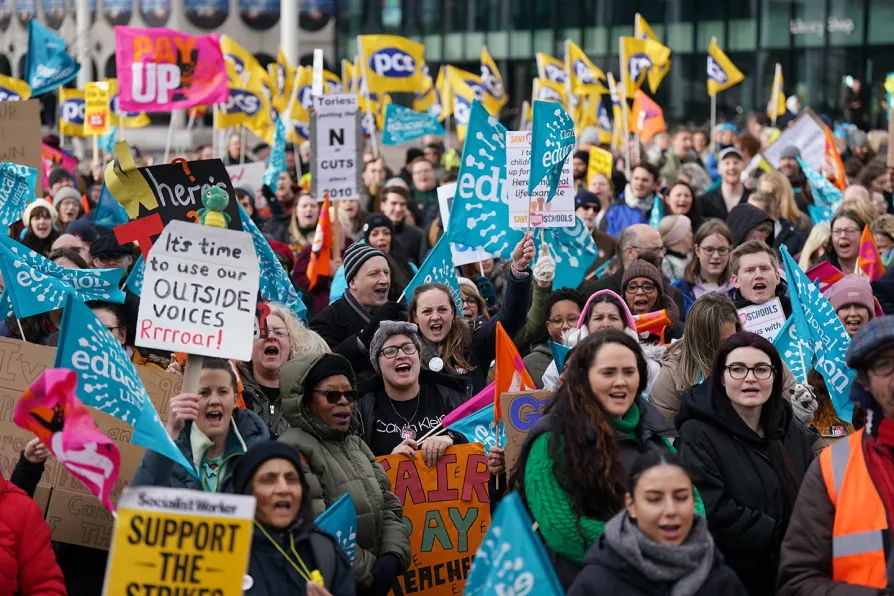The US assault on Venezuela is brazen and unlawful – yet our PM claims uncertainty. By refusing to confront Trump’s naked imperialism, Starmer abandons international law, mortgages British policy to Washington, and clears the ground for war, argues ANDREW MURRAY


TODAY, hundreds of trade union delegates are gathering to look at the challenges and opportunities facing the movement on the back of the huge upsurge of strike action and industrial militancy since 2022. With 2.3 million strike days in 2022, the highest since the 1984-85 miners’ strike, and numerous national ballot successes, it seems that the unions are back.
Every night, the TV news has been covering strikes. All measures of public opinion show great support for strikers — on the railways and in the post service, not just nurses and doctors — and trade union general secretaries routinely embarrass bosses in televised debates about the cost-of-living crisis.
The activists who are attending this meeting are the people who have mobilised the yes votes and organised the pickets. Union members have stepped up and delivered yes votes and massive picket numbers.

KEVIN COURTNEY of Stand Up to Racism and JOHN PAGE of the Ella Baker School of Organising announce a joint project aiming to unite trade unions and social movements in creating new narratives to fight the divisive rhetoric of the far right

Since 2023, Strike Map has evolved from digital mapping at a national level to organising ‘mega pickets’ — we believe that mass solidarity with localised disputes prepares the ground for future national action, writes HENRY FOWLER

KEVAN NELSON reveals how, through its Organising to Win strategy, which has launched targeted campaigns like Pay Fair for Patient Care, Britain’s largest union bucked the trend of national decline by growing by 70,000 members in two years

Head of education, campaigns and organising for the General Federation of Trade Unions HENRY FOWLER explains why it is launching a fund to support trades councils and give them access to a new range of courses and resources










